#Playa de los Barquicos O de los Cocones
Explore tagged Tumblr posts
Text
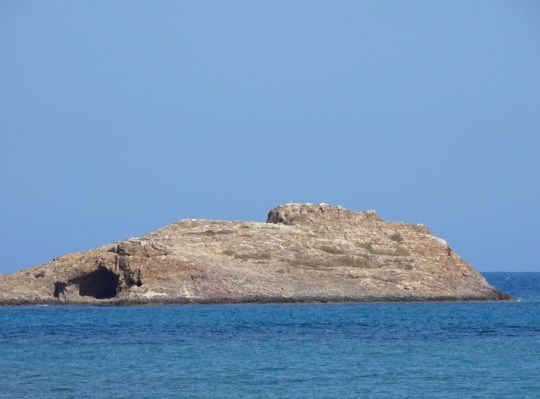
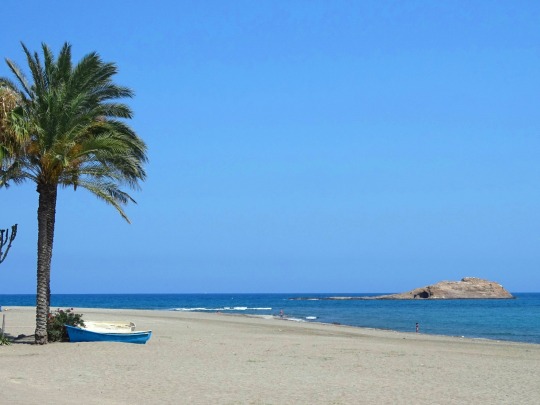


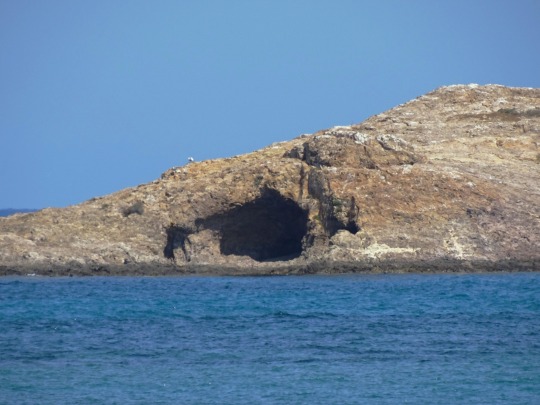

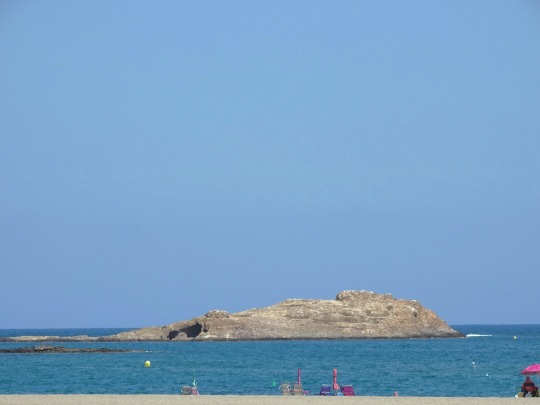
The island of San Andrés was declared a natural monument by the Junta de Andalucía on October 1, 2003.
#island of San Andrés#Carboneras#natural monument#1 October 2003#travel#Almería province#Andalucía#Andalusia#Spain#España#summer 2021#vacation#Mediterranean Sea#nature reserve#beach#palm tree#Southern Spain#Southern Europe#anniversary#Spanish history#boat#Playa de Los Cocones#Playa de los Barquicos O de los Cocones#original photography#tourist attraction
2 notes
·
View notes
Photo










Carboneras, Spain (No. 4)
The stately buildings date back to the 19th century , such as the current seat of the Carboneras town hall, formerly Casa de los Fuentes. In 1805 the botanist Simón de Rojas testifies to the activity of coaling mastic and exporting charcoal. In 1813 Carboneras split from Sorbas and a municipality was established. Creating its first council on June 1, being mayor Vicente Requena. It lost the condition of municipality during the absolutist six -year term , to retake it in 1838 during the regency of María Cristina de Borbón. In 1817 the chapel of San Andrés was erected, which continued to function for ten years, until the Church of San Antonio was completed. The Statistical Geographical Dictionary identifies that Carboneras belongs to the Duke of Berwick and Alba and has 300 houses in the middle of the century, the Castle of San Andrés with 27 pieces of artillery , its cistern , hermitage and gunpowder store, in addition to the town hall and the jail. It also points out its good anchorage , and the farmhouses of Islica, Llano Don Antonio , Saltador, Fazali, Serrata and Argamazón. Identifies the cultivation of esparto grass and its trade with Blanes , Mallorcaand Rosas , in addition to the abundant firewood from the scrubland and four flour mills. In addition, it explains the abundant longline and trawl fishing that is sold to nearby towns and reaches La Mancha and Madrid.
During the rest of the 19th century and the first third of the 20th , Carboneras had as its main economic activity the cultivation of esparto grass, which was exported to England. While fishing was consolidating, even reaching the creation of a trap .
From the beginning to the middle of the 20th century, the lack of work led to emigration to industrial towns in Spain and Europe and left the municipality practically uninhabited. From the last third of the 20th century, a powerful industrial and productive center was established in Carboneras. In 1980, the activity of the Port of Carboneras began for the supply and trade of the cement company Hisalba, currently part of Holcim. In addition, in 1980 the Endesa Litoral de Almería Thermal Power Plant was installed and a coal unloading dock that was inaugurated in 1984. The industrial center of Carboneras was also completed by a plasterboard factory andfish farms dedicated to the breeding and fattening of Sea Bass and Sea Bream. In addition, a fishing port was built with all its services (ice factory, freezers, dry dock, caulkers, etc.) which has made the current fleet exceed one hundred boats, both inshore and offshore. In 1988 the natural park of Cabo de Gata - Níjar was declared , being 80% of the municipal term within the park. Since the end of the 20th century, Carboneras is also a tourist town on the Costa de Almería .
During the real estate boom at the beginning of the 21st century, problems with urban planning licenses and legal proceedings affected the Hotel Algarrobico on the Algarrobico beach in the Cabo de Gata Níjar natural park. Carboneras is home to one of the largest desalination plants in Europe (with the capacity to desalinate 120,000 cubic meters of water per day), inaugurated in 2005. In 2021, one of the two groups of the Litoral Thermal Power Plant was closed of Almería de Carboneras within the process of closing thermal power plants in Spain.
Source: Wikipedia
#Molino de Viento y Centro de Interpretación#old mill#Carboneras#Andalusia#Province of Almería#architecture#cityscape#small town#summer 2021#Playa de los Barquicos O de los Cocones#beach#sand#boat#palm tree#nature#flora#cactus#original photography#tourist attraction#landmark#Spain#España#Southern Europe#southern Spain#Mediterranean Sea
2 notes
·
View notes
Photo

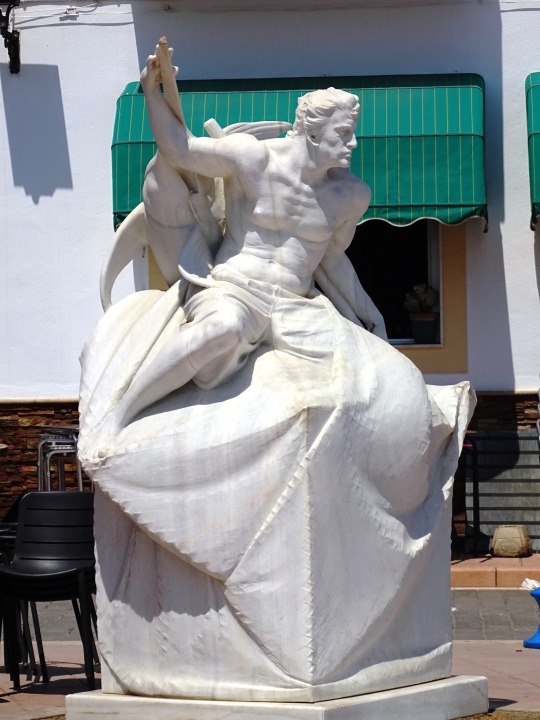


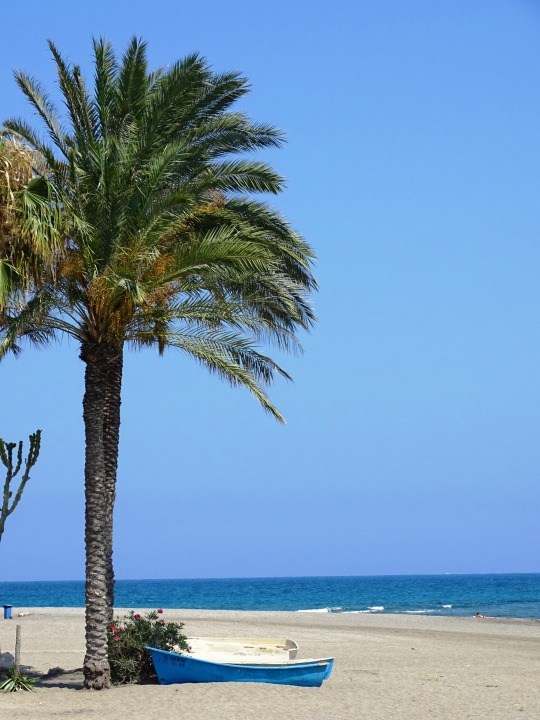





Carboneras, Spain (No. 3)
The island of San Andrés is a small island in the Mediterranean Sea belonging to the municipality of Carboneras , located in front of the town of the same name, on the Mediterranean coast of the province of Almería , Andalusia , Spain . On October 1, 2003, it was declared a natural monument by the Junta de Andalucía .
It is accessible from the ports of Carboneras and Agua Amarga and the maximum depth of its waters is 10 mbsl.
These are two islets ("Isla Grande" and "Isla Chica") of volcanic origin off the coast of Carboneras , 400 m from Puntica beach , adjacent to the Cabo de Gata-Níjar natural park .
The main natural value lies in the richness of its seabed. The dark color of its crystalline waters is due to the considerable meadows of posidonia oceanica that surround the bottom of the islets.
The bottoms are wild and in them the existence of a volcanic crater can be observed . There are a large number of caves and cracks in the rock walls that accommodate a wide variety of marine species typical of the Mediterranean . Castanets ( Chromis chromis ), wrasses ( Coris julis ), skewers ( Sphyraena sphyraena ), groupers ( Epinephelus guaza ), mojarras ( Diplodus vulgaris ), obladas ( Oblada melanura ), breams ( Diplodus cervinus ) and thrushes ( Symphodus tinca ) are abundant.
Many seabirds take advantage of the abundance of fish. Among the most numerous are gulls (family Laridae ), terns (family Sternidae ), and terns (family Sternidae ).
The vegetation on the surface of the islets is scarce and is linked to the coastal flora .
Carboneras is one of the Almeria municipalities with the greatest fishing tradition that currently also exploits the tremendous tourist potential of its virgin coasts, which has cost some controversial urban episodes such as that of the hotel on the Algarrobico beach.
The practice of water sports such as sailing or scuba diving are other tourist offers that these coasts offer to natives and foreigners.
The best-known popular celebrations in Carboneras are the Moors and Christians festivities and the Bonfires of San Juan.
Source: Wikipedia
#Carboneras promenade#Paseo Marítimo de Carboneras#Playa de Los Cocones#Monumento a la Libertad#Carboneras#Andalusia#Province of Almería#travel#cityscape#Monument to the fisherman by Roberto Manzano Hernández#sculpture#summer 2021#Monumento al pescador#Isla de San Andrés#sand#Playa de los Barquicos O de los Cocones#Mediterranean Sea#Spain#vacation#boat#ship#palm tree#tourist attraction#landmark#España#Southern Europe#southern Spain
2 notes
·
View notes
Photo

At the Beach
What do you think about my pic?
#Carboneras#Playa de los Barquicos O de los Cocones#palm tree#boat#sand#beach#flora#original photography#Andalusia#Almería#Spain#summer 2021#España#Iberia#Southern Europe#southern Spain#landmark#blue sky#waves#photo of the day#What do you think about my pic?#cityscape#seascape#Mediterranean Sea#nature#ship
1 note
·
View note